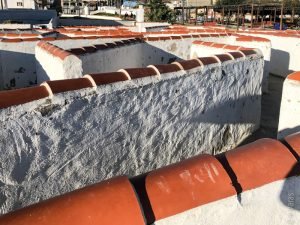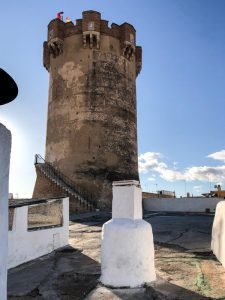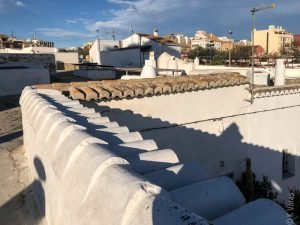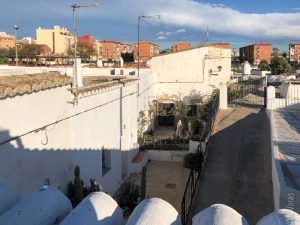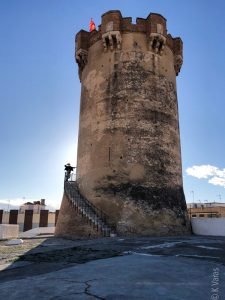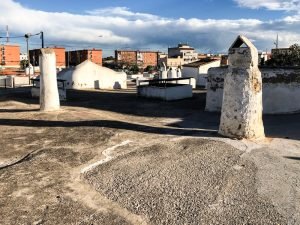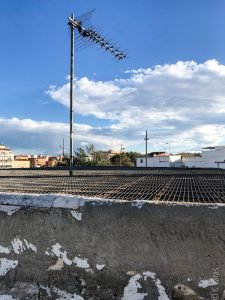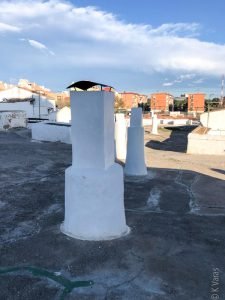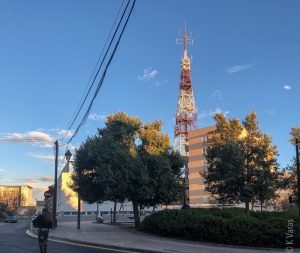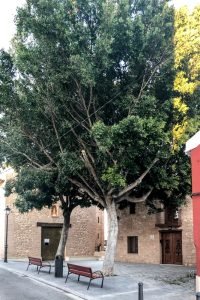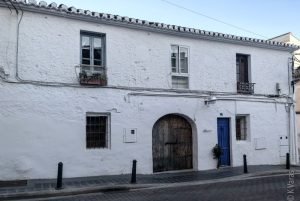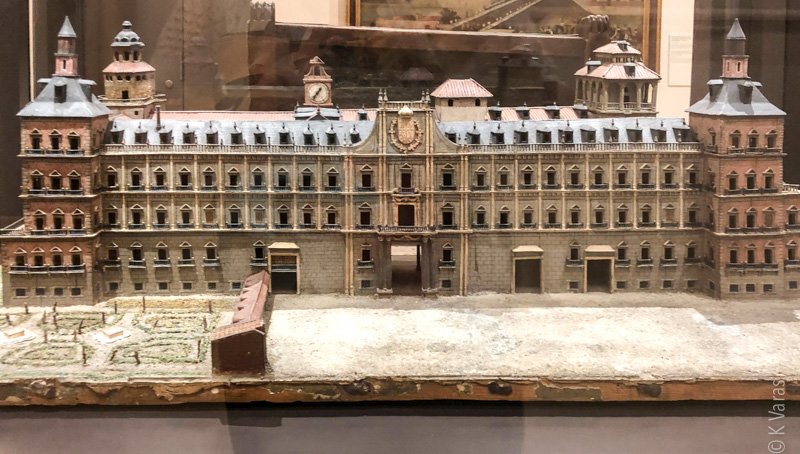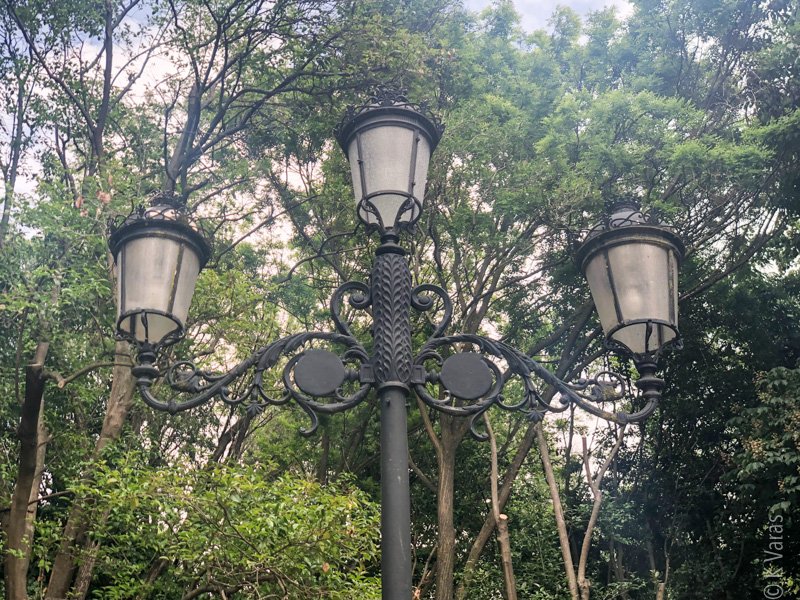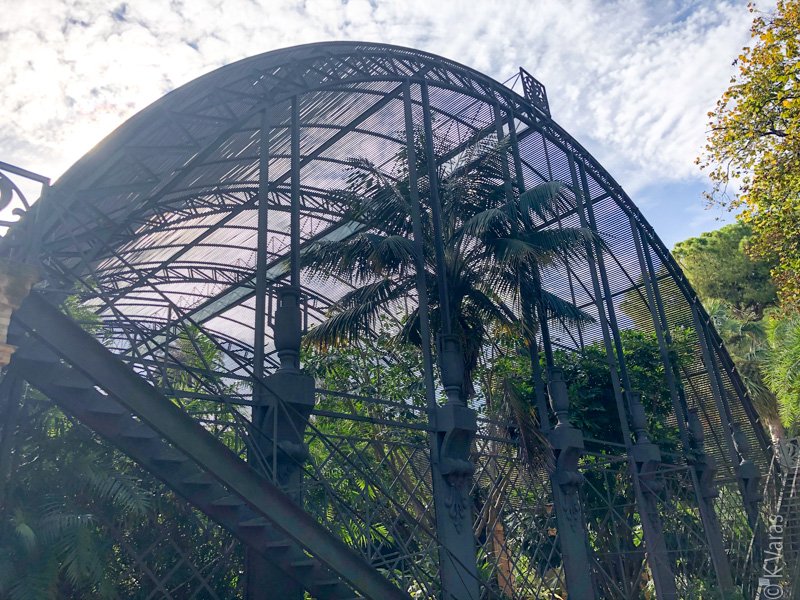
Paterna
Have you seen Pedro Almodóvar’s last movie Pain and Glory? If you haven’t, you totally should, it’s a great film and there are parts in it filmed in a little community just outside of València called Paterna. If you have seen the movie you may remember the young protagonist, Salva, living with his mother in a cool subterranean house. When the father first shows the house to them he is very apologetic but says it was the only thing he could manage. The mother (played by the beautiful Penelope Cruz) makes the cave-like place all very homey and little Salvatore grows up under the hot Valencian sun but underground. He also often sits on the stairs of a tower which happens to the the Torre Mudèjar (Torre de Paterna) and that’s where we went on another sunny afternoon during a time of pretty tight Covid restrictions.

It is a bit strange to visualize what the cave houses of Paterna looked like when they were first created: in the movie the impression I got was that they were in a pretty isolated area. And, I guess, that makes sense since when they were originally built there wasn’t much around. Since then the city has grown around them making the whole area feel a little out of place. The custom of living in cave dwellings is thought to be of Moorish origin, and it was not uncommon in many areas of Andalucia. Here, in Paterna, this practice has continued until the modern era in three distinct areas: Coves d’Alborgí to the north of the city, Coves del Batà in the south, and Coves de la Torre, the ones surrounding the old Arab tower that is the only thing that remains from that particular part of Paterna’s history. Speaking of which, Paterna has been over the years a pretty important place, historically speaking, and dates its existence as far back as the Bronze Age, and, as is so common in Spain, has seen many and varied peoples come through. The caves date primarily from the XIX century, however, with the majority of them being dug out and occupied in the first half of the XX century. For many of the workers who came to find employment in the area (and at that time the economy was quite good), the housing market was very difficult to get into (sound familiar?) so they got around the problem by effectively squatting on the land and digging out the earth to make their homes. I suspect that is what is intimated by the father in the Almodóvar movie. At one point, in 1945, there were 509 such cave homes housing about a fifth of Paterna’s population, down from a high of 35% in 1920. Of course the percentages changed more because of the growing number of residents in the area, not a decrease in popularity.
Today, only a few of the homes around the tower are occupied and the area sadly looks rather abandoned. The clean white plaster visible in the movie was clearly a temporary facelift during production or maybe even a post-production clean-up, though perhaps it all looks better in the summer. It does feel very odd to be walking on people’s roofs. All you can see are the chimneys poking through the ground and occasional walls surrounding the upper part of the inner patios. Many of those are covered with wire mesh. At first we thought the place was totally abandoned, to be honest, it wasn’t until we heard a dog bark and saw a few openings that revealed larger courtyards providing a glimpse of what the places might be like, it really did look rather desolate. In any case, the doors and small windows guard their inner secrets well–we never saw a soul. Or maybe it was siesta time?

I have to admit that the whole area looked much better in the movie and I’m too lazy to go and photoshop the photos to make the houses look whiter. I love the whole idea of underground housing, I’ve thought about designing and maybe evening building one someday, but I don’t think I could live in one of these: they simply look too claustrophobic. And I certainly wouldn’t enjoy having random people walking on my roof all the time either. All in all, it was an interesting visit to an unusual place and if you want to experience it yourself, at least one of the units is available on AirBnB.
The days are still quite short but there was enough time to make another stop before heading home. Sagrario wanted to show us a little corner of a neighbourhood that is a time-capsule among the more modern developments on the outskirts of València. Nestled between a highway, the new modern complex of a convention centre (Palau de Congressos de València), and a subdivision sits an old hamlet (or what’s left of it) of Beniferri. We walked around its old streets admiring the traditional architecture (again, what’s left of it), and meeting the local cats. As in pretty much every place we’ve been to, here too you can find a great restaurant, according to Sagrario. Unfortunately, it was closed because everything is closed right now so we can only take her word for it. The subdivision has an interesting history, however. A few years ago it was built and sold as the next great bedroom community strategically located very close to the heart of València only to be totally destroyed, at least in terms of property values, by a massive cell tower built right next door. The new homes here were attractive and not cheap at all but now they’re basically unsellable. I feel bad for the homeowners who did nothing wrong and are now stuck with worthless properties. I’m sure those responsible for this fiasco have gotten away scot-free but isn’t that usually the case? 🤷♀️



